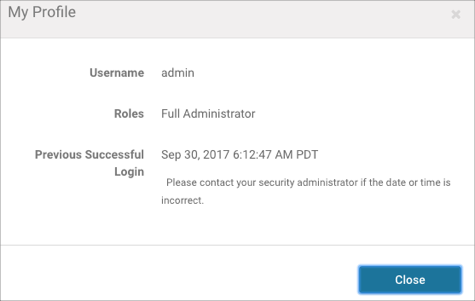User Authentication
Cloudera Manager provides several mechanisms for authenticating users. You can configure Cloudera Manager to authenticate users against the Cloudera Manager database or against an external authentication service. The external authentication service can be an LDAP server (Active Directory or an OpenLDAP compatible directory), or you can specify another external service. Cloudera Manager also supports using the Security Assertion Markup Language (SAML) to enable single sign-on.
If you are using LDAP or another external service, you can configure Cloudera Manager so that it can use both methods of authentication (internal database and external service), and you can determine the order in which it performs these searches. If you select an external authentication mechanism, Full Administrator users can always authenticate against the Cloudera Manager database. This prevents locking everyone out if the authentication settings are misconfigured, such as with a bad LDAP URL.
With external authentication, you can restrict login access to members of specific groups, and can specify groups whose members are automatically given Full Administrator access to Cloudera Manager.
Users accounts in the Cloudera Manager database page show Cloudera Manager in the User Type column. User accounts in an LDAP directory or other external authentication mechanism show External in the User Type column.



